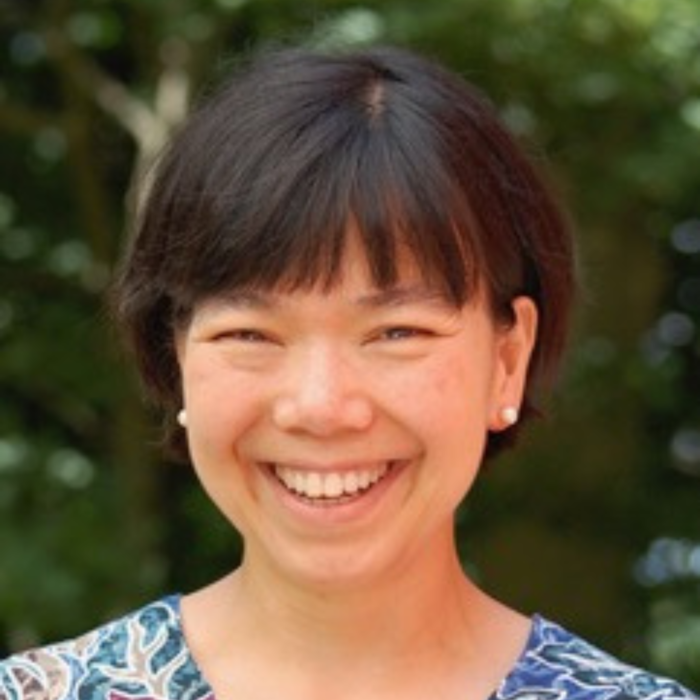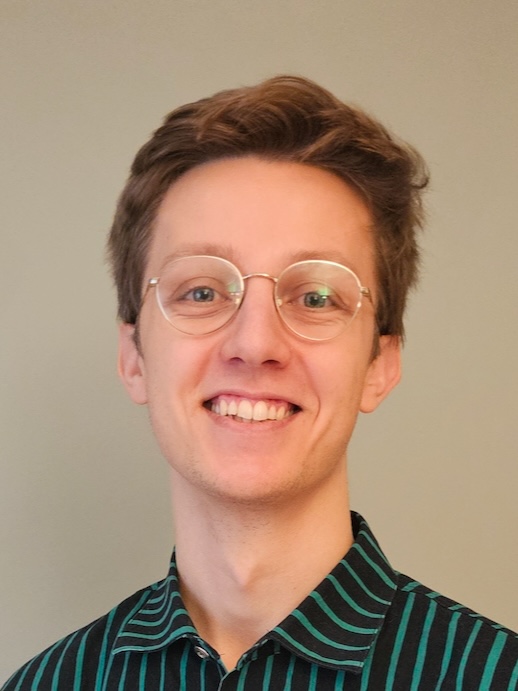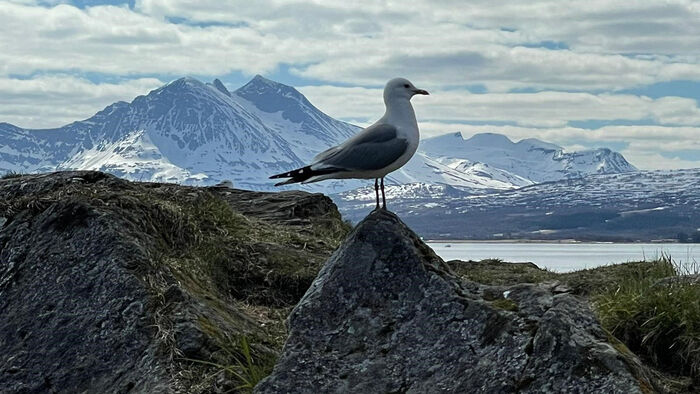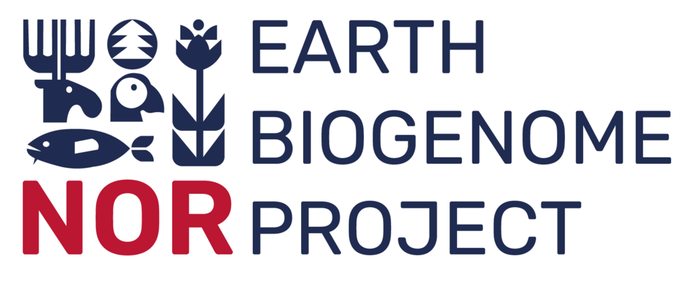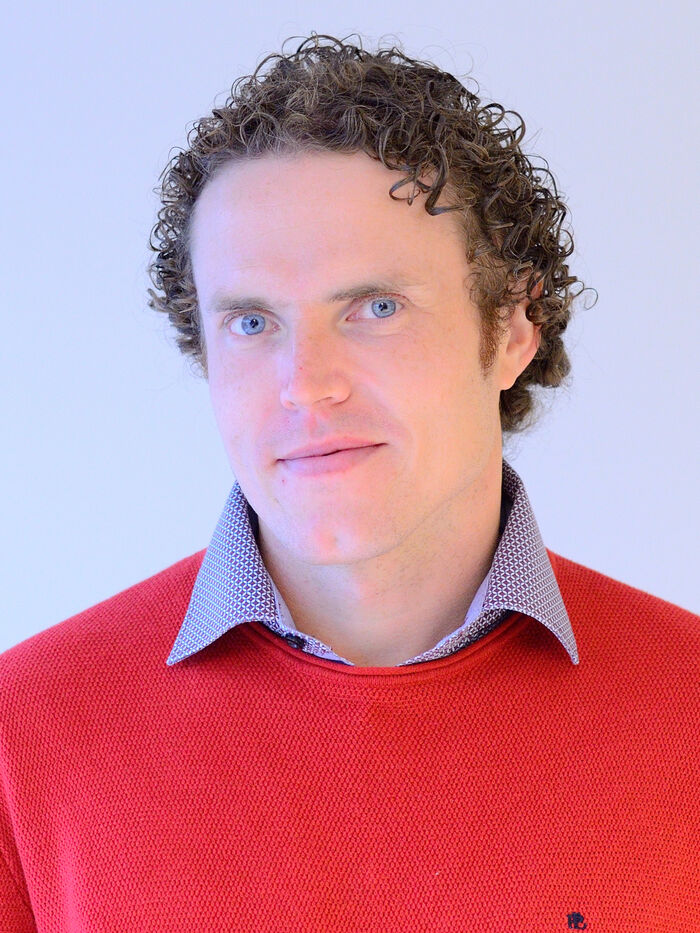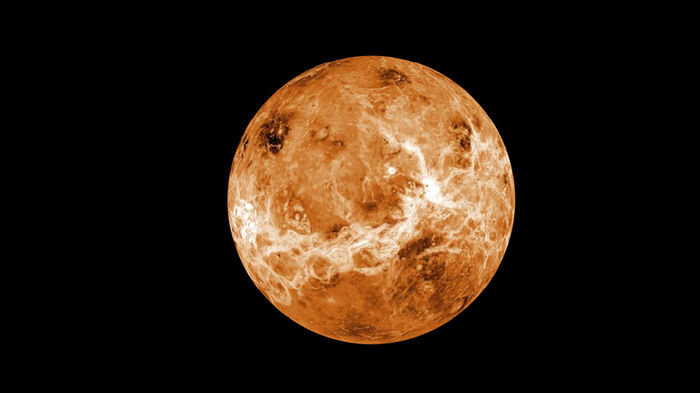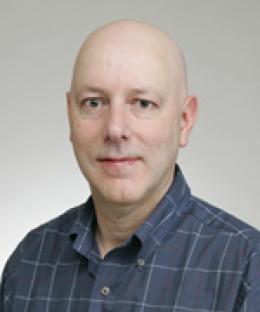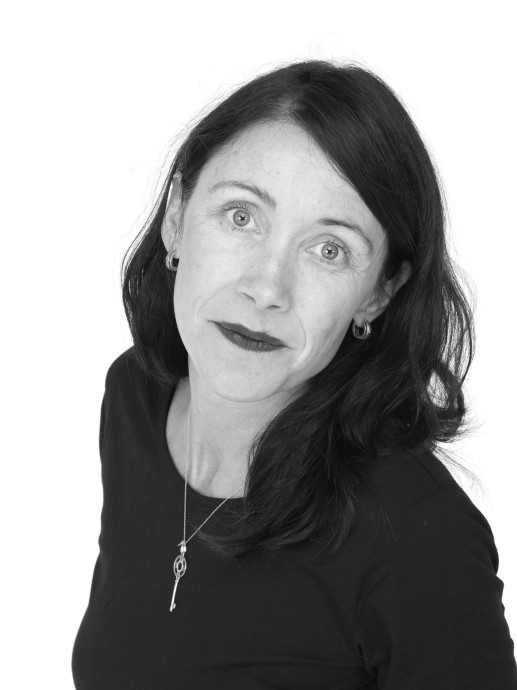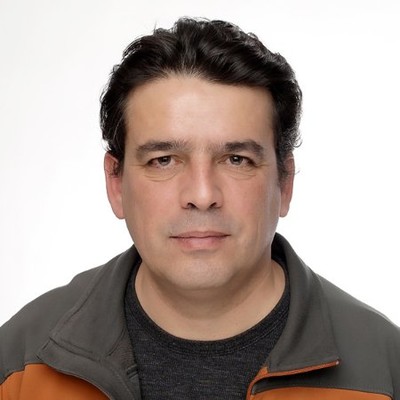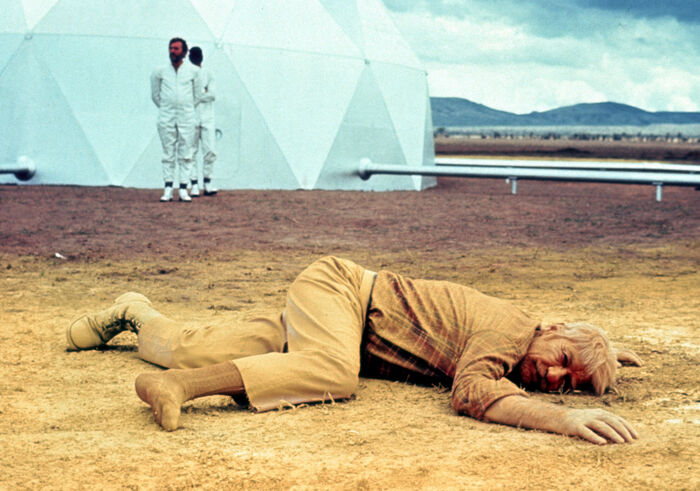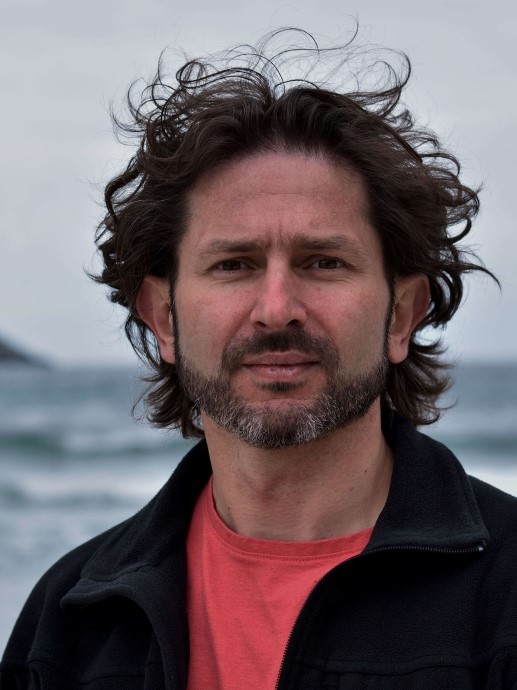Previous events - Page 6
Jane Luu, Adjunct Professor at Centre for Planetary Habitability (PHAB) and Institute of Theoretical Astrophysics, University of Oslo.
Note the non-standard start time!
Abstract: We consider mirror pairs of Calabi-Yau hypersurfaces X and X’ in toric varieties associated to dual reflexive polytopes. We will give a proof through tropical geometry that the Hodge numbers of X and X’ are mirror symmetric. The proof goes by considering tropical homology, and works over the ring of integer numbers. In particular, we can use our spectral sequence with Kris Shaw to explore the connections between the topology of the real part of X and cohomological operations on X’.
This is based on joint work with Diego Matessi.
Doctoral candidate Viktor Balch Barth at the Department of Mathematics will be defending the thesis Endomorphisms of ℙ¹ and 𝔸ⁿ. Motivic homotopy classes and open images for the degree of Philosophiae Doctor.
Join us for the first NoRMAS meeting aimed at fostering collaboration and advancing research in the field of astronomy at long wavelengths, i.e infrared, (sub)millimeter and radio.
C*-algebra seminar by Sergey Neshveyev.
Structural equation models are simultaneous equation regression models, whose variables are latent, and measured via a confirmatory factor model (that is, with measurement error and repeated measurements). When the functional form of the simultaneous equation system is unknown, it has previously been observed in simulations that factor scores inputted into non-parametric regression methods approximate the true functional form. Factor scores estimate the latent variables (per person), and several types exist. We provide a theoretical (though population-based) analysis of this procedure, and provide assumptions under which it is theoretically justified in using Bartlett factor scores, which are simple linear transformations of the data. In simulations, we compare this suggestion to an already available though understudied non-linear and computationally heavy procedure, and observe that the simple Bartlett approach appears to work better.
Welcome to the first Norwegian Planetary Health Alliance conference.
Welcome to the annual Earth Biogenome Project-Norway conference. During this conference, you can participate in workshops and learn how to use bioinformatics tools to efficiently analyze and interpret genome sequencing data, in addition to hearing from renowned researchers who will share their work in biodiversity and genomics.
Doctoral candidate Anders Brennhagen at the Department of Chemistry, Faculty of Mathematics and Natural Sciences, is defending the thesis "Bi metallates as conversion-alloying anodes for Na-ion batteries" for the degree of Philosophiae Doctor.
The frictional behavior of surfaces is a problem of great scientific and practical significance. Recent progress in molecular scale modeling allows us to determine the coefficient of friction for nanoscale surfaces from first principles using molecular dynamics modeling. However, inverse design, that is, designing surfaces with specific frictional propeties is still a complex and largely unsolved challenge in part due to the enormous space of possible surface configurations. Here, we demonstrate how we can use physical forward modeling to find the frictional properties of a set of surfaces that can serve as a training set to design machine learning models. In this talk, we demonstrate both discriminative and generative models for frictional surface design and analyze what physical principles the machine learning models have learned in this process.
Øystein Håvard Færder, Rosseland Centre for Solar Physics, University of Oslo.
Is it difficult to set aside time to write? The Academic Writing Centre organsises structured writing sessions for PhDs and Postdocs.
by Laurent G. J. Montesi, Professor, Department of Geology, University of Maryland College Park
his talk discusses a nonparametric inference framework for occupation time curves derived from wearable device data. Such curves provide the total time a subject maintains activity above a given level as a function of that level. Taking advantage of the monotonicity and smoothness properties of these curves, we develop a likelihood ratio approach to construct confidence bands for mean occupation time curves. An extension to fitting concurrent functional regression models is also developed. Application to wearable device data from an ongoing study of an experimental gene therapy for mitochondrial DNA depletion syndrome will be discussed. Based on joint work with Hsin-Wen Chang (Academia Sinica).
Title: Global simulations of the interactions between climate and the economy
Speaker: Trude Storelvmo, UiO
Welcome to our dScience lunch seminar in the Science Library, with Trude Storelvmo from the Department of Geosciences.
Dag Kristian Dysthe (Njord, UiO): "Active materials shape themselves".
Welcome to our GEOHYD Lunch Seminar Friday 22nd of March @ 12:15 in Aud. 1, Geology building or via videolink using Zoom. The seminar is held by Andreas Kääb (UiO).
During this cold winter in Oslo, we certainly all have experienced the unsteady nature of friction and the sudden loss of stress bearing capacity that initiates catastrophic sliding. A similar kind of frictional rupture arises at the onset of a wide variety of natural disasters that includes earthquakes, landslides, as well as snow avalanches. In this talk, I will focus on the incipient stage of these catastrophic events that is characterized by the local nucleation of failure and its rapid propagation towards intact regions of the material. I will discuss how the analogy to fracture mechanics can be exploited to describe the dynamics of these rupture fronts and develop quantitative models to characterize the onset of failure in geomaterials.
Luis Teodoro, Centre for Space Sensors and Systems, Faculty of Mathematics and Natural Sciences, University of Oslo.
For det blotte øyet, kan maur virke som en lite truende art for menneskeheten. Men med deres massive populasjon, globale utbredelse og ufravikelige kollektivisme, er det flere filmskapere som har bitt seg merke i deres potensial som antagonist.
Donaldson-Thomas and Pandharipande-Thomas theory are two approaches to counting curves on projective threefolds in terms of their moduli spaces of sheaves. An important special case in understanding the DT/PT correspondence the equivariant geometry of affine three-space with the natural coordinate action of the rank 3 torus. I will show how one can use new wall-crossing techniques to prove the equivariant K-theoretic DT/PT correspondence in this situation, which was previously known only in the Calabi-Yau limit.
This is part of an ongoing project with Felix Thimm and Henry Liu in which we aim to prove wall-crossing for virtual enumerative invariants associated to equivariant CY3 geometries by extending a vertex algebra formalism for wall-crossing developed by Joyce.
Title: Structure and the variability of the Lofoten Basin Eddy observed by Seagliders during the SWOT Cal/Val phase
Speaker: Ilker Fer, UiB
We invite you to the March RoCS Solar/Stellar Lunch. You are invited to discuss your work with colleagues.
